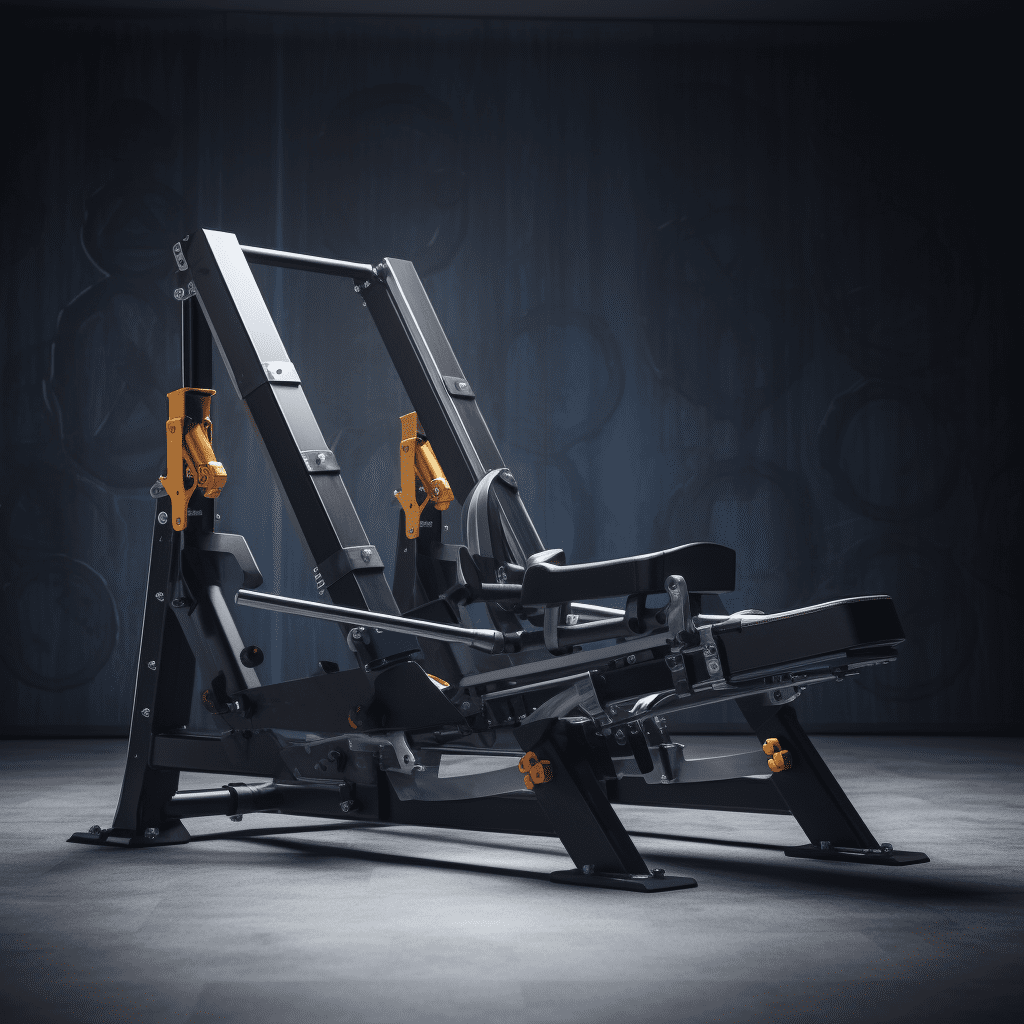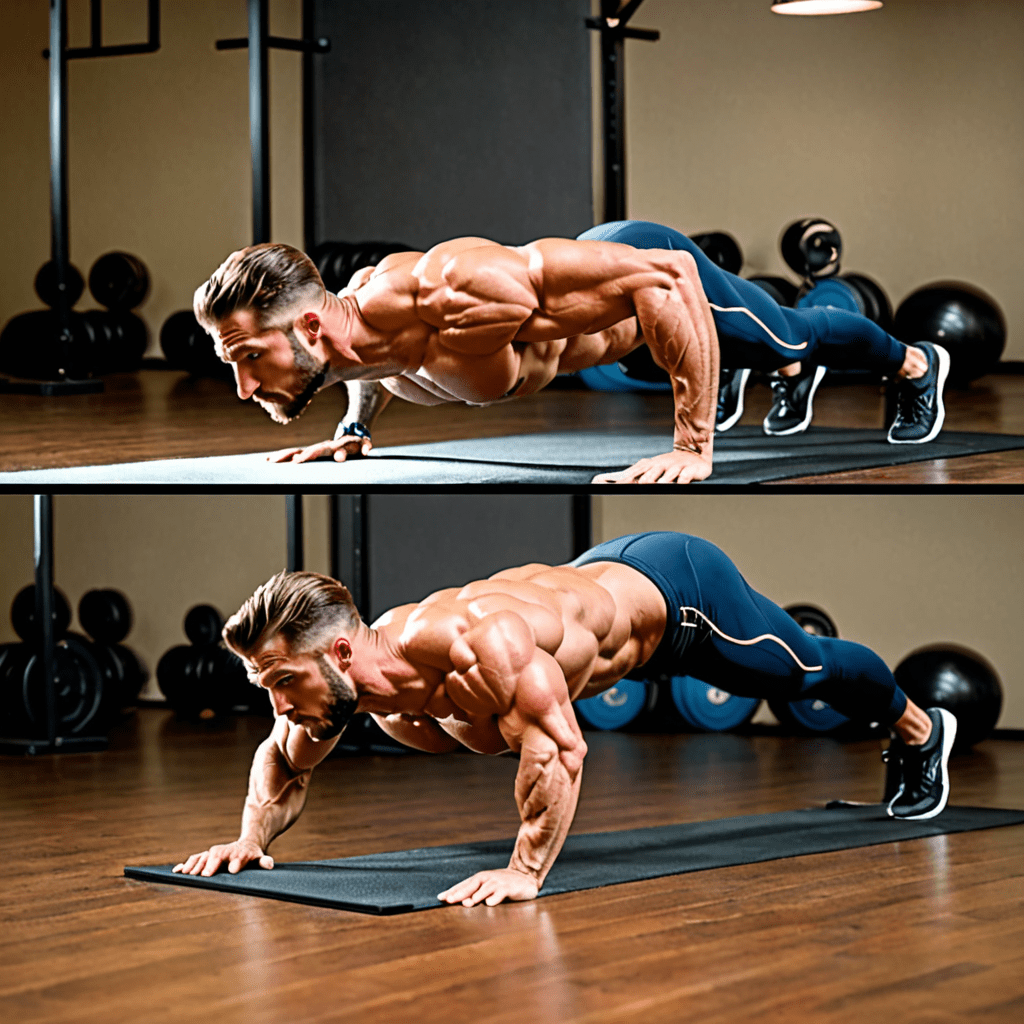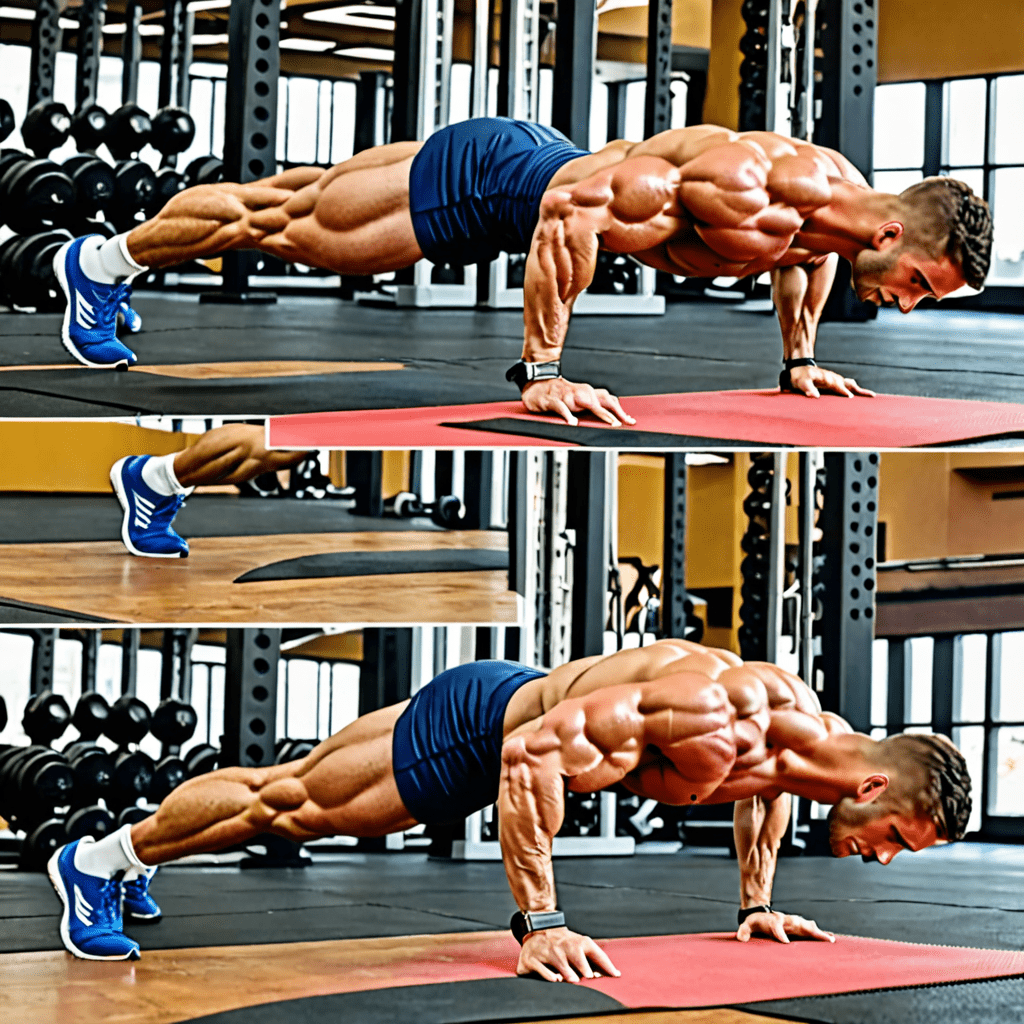
Why Can I Leg Press More Than Squat?
If you’ve noticed that you can leg press more weight than you can squat, you’re not alone. This is a common observation among many individuals who engage in weightlifting or strength training. While it may initially seem puzzling, there are several reasons why this discrepancy exists. In this article, we will explore the possible explanations for why you might be able to leg press more weight than you can squat and provide some insights into how you can improve your squat strength.
Muscle Recruitment and Mechanics
One of the primary reasons why you may be able to leg press more weight than squat is the difference in muscle recruitment and mechanics between the two exercises. Leg pressing primarily targets the quadriceps, hamstrings, and glutes. When performing a leg press, the machine provides stability and support, allowing you to push through your legs with minimal involvement from other muscles.
On the other hand, squatting is a compound exercise that engages multiple muscle groups, including the quadriceps, hamstrings, glutes, core, and lower back. Squats require not only leg strength but also balance, coordination, and stability. The involvement of these additional muscle groups makes it a more challenging exercise to perform with heavier weights, which could explain the lower weight you can squat compared to leg press.
Core Strength and Stability
Another factor that contributes to the difference in weight between leg press and squat is core strength and stability. During a leg press, the machine supports your back, reducing the demand on your core muscles. This allows you to focus more on pushing through your legs and less on maintaining core stability.
However, when squatting, your core muscles play a crucial role in maintaining an upright posture and stabilizing the weight. If your core is not adequately developed or if you have weaknesses in this area, it can limit the amount of weight you can safely squat. By strengthening your core through exercises like planks, Russian twists, and deadbugs, you can improve your squat performance and potentially bridge the gap between leg press and squat weights.
Balance and Coordination
Balance and coordination are essential for performing squats effectively. Squatting requires maintaining proper form, distributing weight evenly, and keeping your body aligned. If you struggle with balance or lack coordination, it can limit your ability to squat heavy weights safely. In contrast, leg presses eliminate the need for balance and coordination, as the machine provides stability throughout the movement.
To improve your balance and coordination, consider incorporating exercises such as single-leg movements (e.g., lunges, Bulgarian split squats), stability ball exercises, and balance board exercises into your routine. These exercises challenge your body’s ability to stabilize itself and can ultimately enhance your squat performance.
Psychological Factors
Psychological factors, such as fear or mental blocks, can also contribute to the difference in weight between leg press and squat. Squatting is known for being a more challenging exercise mentally because it requires you to overcome the fear of falling or getting stuck under the barbell. The fear of injury or the perception that squats are more dangerous than leg presses can lead to a subconscious limitation in the amount of weight you can lift.
Building confidence in your squat technique and gradually increasing the weight while maintaining proper form can help overcome these psychological barriers. Additionally, working with a knowledgeable coach or trainer who can provide guidance, support, and reassurance can also be beneficial in improving your squat performance.
Technique and Form
Proper technique and form play a crucial role in optimizing performance in any exercise, including squatting. If your squat form is lacking, it can limit the amount of weight you can lift safely and efficiently. Common form errors, such as leaning too far forward, not reaching sufficient depth, or allowing the knees to cave inwards, can diminish your squat strength.
Taking the time to learn and practice proper squat technique can make a significant difference in your performance. Seek guidance from a qualified coach or trainer who can assess your form, provide feedback, and prescribe corrective exercises to address any weaknesses or imbalances.
FAQ
Q: Is leg pressing more weight than squatting a problem?
A: Leg pressing more weight than squatting is not necessarily a problem. It is common for individuals to have different strengths and weaknesses in different exercises. However, if your squat strength significantly lags behind your leg press strength, it may indicate imbalances or weaknesses that could be addressed through targeted training.
Q: Can I improve my squat strength to match my leg press strength?
A: Yes, with targeted training and proper form, you can improve your squat strength to bridge the gap with your leg press strength. This may involve strengthening specific muscle groups, improving balance and coordination, and refining your technique. Consistency, progressive overload, and proper programming are key factors in improving your squat strength.
Q: Are leg presses a suitable alternative to squats?
A: Leg presses can be a valuable addition to your training routine, but they should not be seen as a substitute for squats. Squats engage multiple muscle groups and require a greater level of coordination, stability, and balance compared to leg presses. It is essential to incorporate a variety of exercises, including squats, to ensure a well-rounded and functional lower body strength.
Q: Can I build muscle and strength without squatting?
A: While squats are a highly effective exercise for building lower body strength and muscle mass, they are not the only option. There are various exercises, such as lunges, step-ups, and Bulgarian split squats that can be equally effective in targeting the lower body muscles. It is important to select exercises that align with your goals and capabilities while ensuring progressive overload to stimulate muscle growth and strength development.


